
| Perfect Tussock Moth (previously known as Teara pura) LYMANTRIINAE, EREBIDAE, NOCTUOIDEA | (donherbisonevans@yahoo.com) and Stella Crossley |
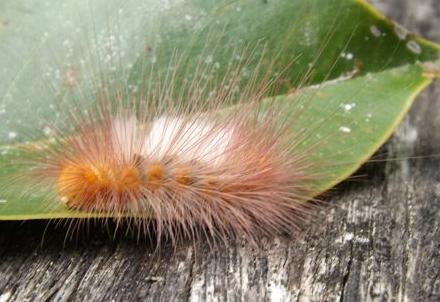
(Photo: courtesy of David & Judy Addleton, Kempsey, New South Wales)

| Perfect Tussock Moth (previously known as Teara pura) LYMANTRIINAE, EREBIDAE, NOCTUOIDEA | (donherbisonevans@yahoo.com) and Stella Crossley |

(Photo: courtesy of David & Judy Addleton, Kempsey, New South Wales)
This Caterpillar is brown or yellow, with a pale orange head, and is covered in long hairs, including four white tussocks, one on the back of each of the first four abdominal segments.
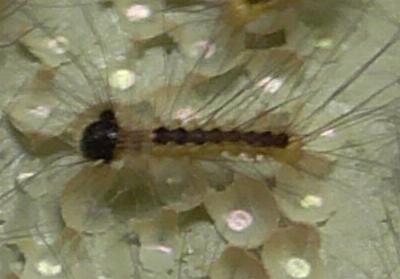
Early instars are black with brown or yellow lateral hairs, but later instars have white hairs.
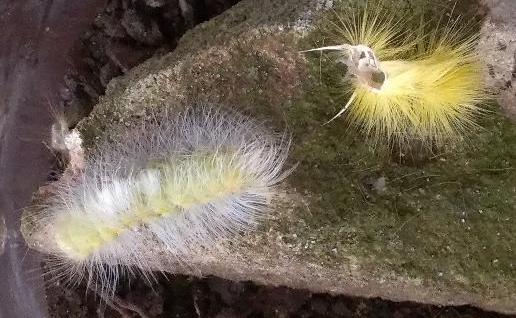
Specimens have been observed eating the leaves of :
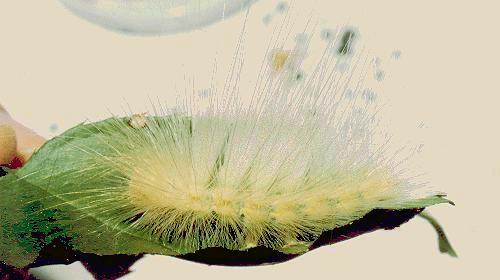
By day, the caterpillar lives in a shelter composed of joined leaves.
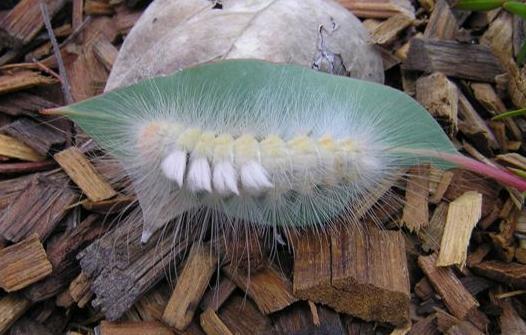
The caterpillar pupates under a leaf or in its shelter in a voluminous loose cocoon containing the discarded larval skin and many larval hairs.
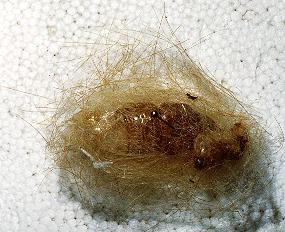
The adult female moth is white, with a pattern of broken thin brown lines on the forewings. She has white hindwings. Her wingspan is about 6 cms.
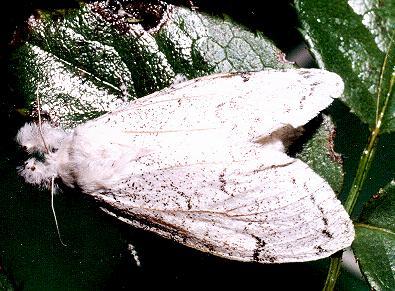
The male is similar, but with brown areas in the outer halves of the forewings, and has orange hind wings with dark margins. The male has a wingspan of about 4 cms.
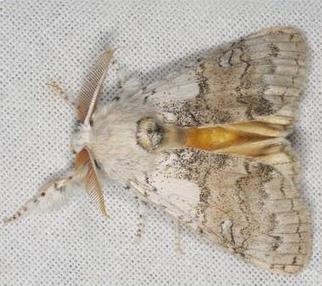
The undersides show a black dot in the middle of each wing.
The species has been found in
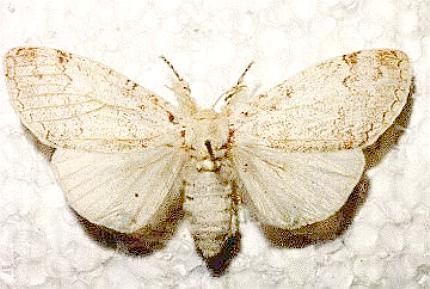
Our female specimen laid about 200 eggs on the cocoon. They were pale yellow and shaped like a doughnut, with a diameter of about 0.5 mm.
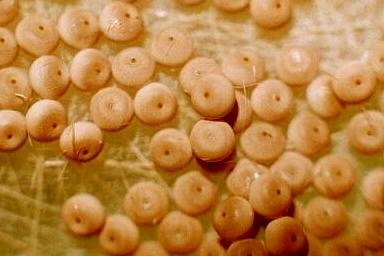
Further reading :
Ian F.B. Common,
Moths of Australia,
Melbourne University Press, 1990, fig. 55.5, p. 428.
Thomas P. Lucas,
On 34 new species of Australian Lepidoptera, with additional localities,
Proceedings of the Royal Society of Queensland,
Volume 8 (1892), p. 75.
Peter Marriott,
Moths of Victoria: part 2,
Tiger Moths and their Allies - Noctuoidea (A),
Entomological Society of Victoria, 2009, pp. 18-19.
 caterpillar |  butterflies |  Lepidoptera |  moths |  caterpillar |
(updated 14 April 2011, 25 September 2025)